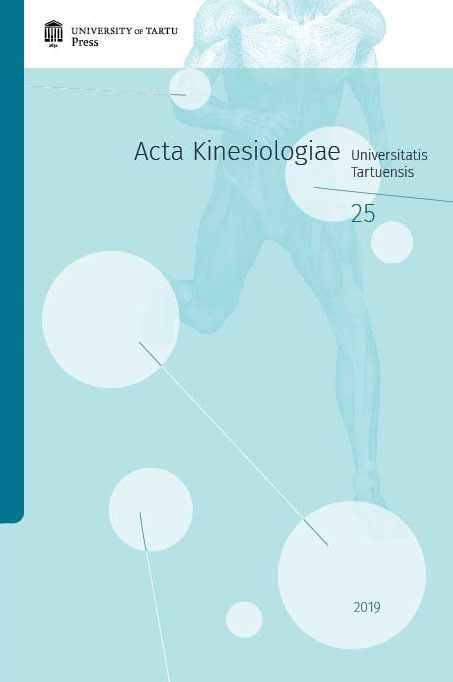Maintenance of weight loss and aerobic capacity one year aft er the end of a lifestyle intervention focusing on nutritional guidance and/or exercise
DOI:
https://doi.org/10.12697/akut.2019.25.02Keywords:
lifestyle intervention follow up, 3000 m running time, BMI, diet, visceral fat, muscle massAbstract
The aims of this study were to: 1) investigate to what extent participants in a lifestyle intervention program, including nutritional guidance and two weekly intensive running sessions, maintain improvements in aerobic capacity and health parameters one year after the end of an intervention; and 2) identify common determinants for those participants who succeeded in weight loss maintenance. A total of 51 participants completed the 33-week intervention. One year after the end of the intervention period (1YA) 34 participants completed anthropometric measurements, 12 (8 women) in the training group (TG) and 22 (13 women) in the nutritional guidance and training group (NTG). A total of 13 participants (9 women) in the TG and 11 participants (7 women) in the NTG completed a 3000 m running test. There were no significant differences in body mass index, 3000 m running time or waist circumference between the groups 1YA. There was however, substantial variation in both groups as to what extent participants had maintained their weight loss. Higher self-efficacy and self-control in relation to food and exercise characterized those who best maintained their weight loss.


